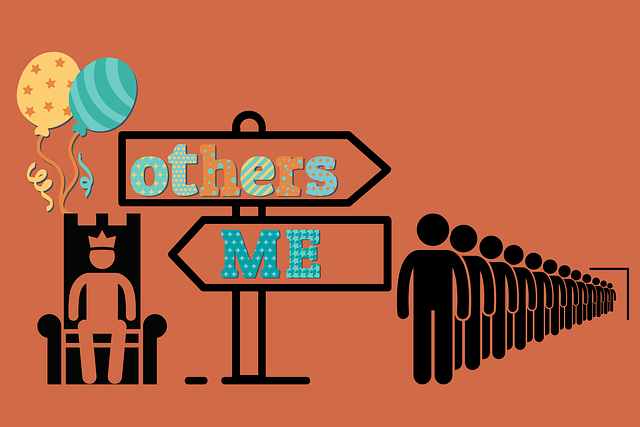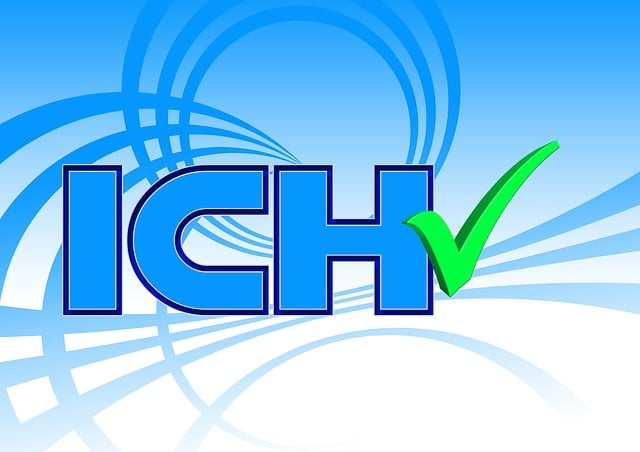Self-Exclusion Tools are digital solutions that help individuals manage and control their online behavior for improved well-being. These tools offer features like blocking access to websites or apps, monitoring screen time, scheduling 'digital detox' times, and providing usage notifications. By tracking online habits, they promote healthier interactions with technology, reducing stress, enhancing sleep, and boosting productivity. User-friendly interfaces, customizable options, educational components, and progress tracking encourage long-term adoption for improved digital mindfulness.
Self-exclusion tools are powerful mechanisms designed to promote responsible gaming and help individuals regain control over their online gambling habits. This comprehensive guide explores the intricacies of self-exclusion, offering a detailed look at its functionality, advantages, and practical implementation strategies. From understanding the tool’s mechanism to real-world success stories, this article equips readers with knowledge to make informed decisions regarding their digital well-being. Discover how these tools can be your allies in navigating the online gaming landscape safely.
- Understanding Self-Exclusion Tools: A Comprehensive Overview
- How Self-Exclusion Tools Work and Their Benefits
- Implementing Self-Exclusion Tools: Strategies for Success
Understanding Self-Exclusion Tools: A Comprehensive Overview

Self-Exclusion tools are digital mechanisms designed to empower individuals in controlling their online behavior and well-being. These tools offer a range of functionalities, from blocking specific websites or apps for a set period to monitoring and limiting screen time across various platforms. Understanding these tools is crucial for effective self-regulation in the digital age. By providing users with the means to take a step back from excessive screen time or problematic online activities, self-exclusion tools contribute to better mental health and enhanced productivity.
These tools often include customizable settings, allowing individuals to set personal boundaries tailored to their unique needs. This could involve scheduling ‘digital detox’ periods, receiving notifications when certain apps are used excessively, or even completely blocking access during specific hours or days. With the ability to track and analyze online habits, self-exclusion tools offer a comprehensive overview of one’s digital footprint, encouraging healthier interactions with technology.
How Self-Exclusion Tools Work and Their Benefits

Self-exclusion tools are designed to empower individuals in controlling their access to online platforms, games, or applications, allowing them to take a break from digital distractions. These tools enable users to voluntarily restrict their usage by setting specific time limits or blocking certain content. They work by implementing algorithms that monitor user behavior and enforce the predefined restrictions, ensuring a healthy balance between digital engagement and real-life activities.
The benefits of using self-exclusion tools are numerous. Firstly, they promote self-discipline and awareness by encouraging users to reflect on their online habits. By setting boundaries, individuals can reduce time spent on unproductive or addictive behaviors, thus improving focus and productivity. Moreover, these tools contribute to better mental health by preventing excessive screen time, which can lead to reduced stress, improved sleep patterns, and enhanced overall well-being.
Implementing Self-Exclusion Tools: Strategies for Success

Implementing Self-Exclusion Tools: Strategies for Success
In today’s digital era, self-exclusion tools are becoming increasingly vital for individuals seeking to manage their online habits and well-being. These tools empower users to set boundaries and take control of their time spent on various platforms, thereby fostering a healthier relationship with technology. To ensure success when introducing self-exclusion measures, it’s essential to offer user-friendly interfaces and customizable options tailored to individual preferences. This flexibility allows for a more engaging and effective experience, encouraging consistent use.
Additionally, integrating educational components can significantly enhance the effectiveness of self-exclusion tools. By providing resources that highlight the benefits of digital mindfulness and time management, users are more likely to stay committed to their goals. Regular reminders and progress tracking features also play pivotal roles in keeping users engaged and motivated, ultimately leading to successful long-term adoption of these tools.
Self-exclusion tools have proven to be powerful resources in promoting responsible gambling. By understanding their functionality, leveraging their benefits, and implementing effective strategies, gambling platforms can foster a healthier gaming environment. These tools not only empower individuals to take control of their habits but also contribute to the overall well-being of the gaming community. Embracing self-exclusion as a standard practice is a significant step towards creating a more sustainable and enjoyable gaming landscape.






